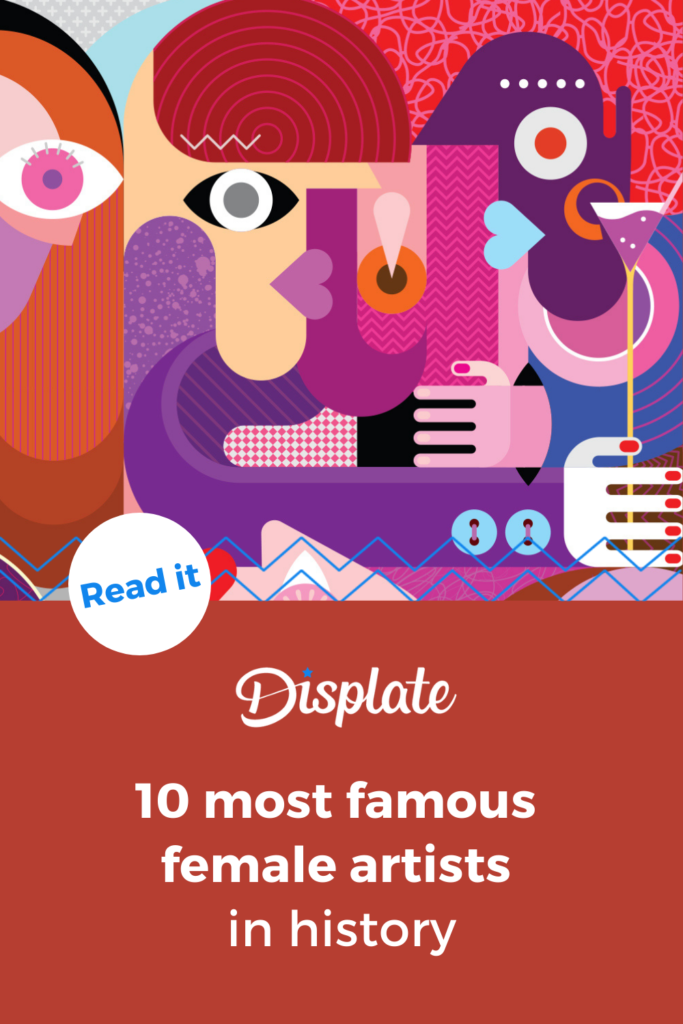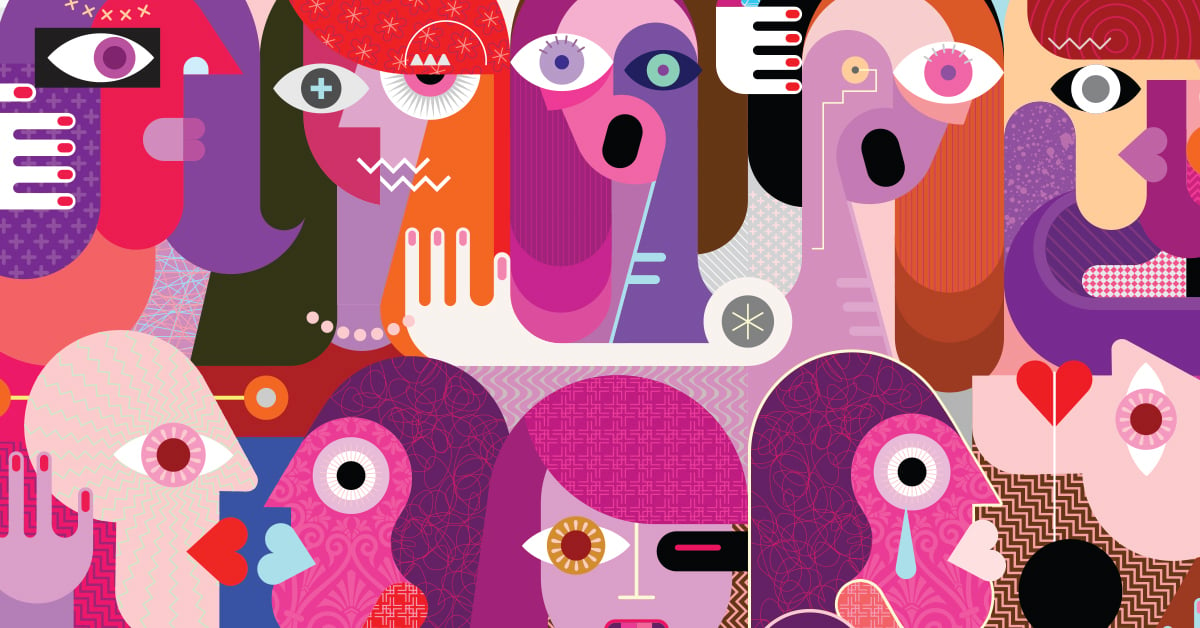Female artists have long been overshadowed by their male peers, with many unknown or forgotten to history. Although some have recently enjoyed a resurgence of attention, most of their names remain little-known today. In an effort to change that, we shine some spotlight on the great female artists overlooked by history and highlight their contributions to the world of art.
Where Are the Women Artists?
But before we jump to our list, let’s answer the question everyone’s thinking—where are all the women artists? While it’s easy to find examples of great male artists throughout history, female artists remain largely absent from the conversation. In fact, less than fifteen percent of the artists in the world’s top museums are women, according to a study by Artnet News.
There are a few major reasons for that. First, women haven’t had the same opportunities to pursue art professionally. Until about 200 years ago, most art schools didn’t accept female students, and very few galleries or institutions were willing to exhibit their work. Those who did manage to create art were often self-taught or trained privately—usually by their fathers—and didn’t have access to the same resources or recognition as their male peers.
From the 16th to 19th centuries, life drawing—especially of the nude—was considered the foundation of a proper art education. But women were barred from studying nudes for “moral” reasons. That meant being shut out of one of the most essential skills in classical training, and forced to rely on secondhand references like plaster casts or other artists’ sketches.
And then there were the societal expectations. For much of history, it simply wasn’t considered appropriate for a woman to work, let alone pursue a public-facing career in the arts. While men could build connections, study abroad, and attract patrons, women were often expected to stay home and focus on more “ladylike” pursuits like embroidery or needlework.
Ironically, those skills—pushed on women as acceptable creative outlets—ended up being used against them. Decorative arts and crafts were historically viewed as less important than “real” art, which only reinforced the idea that women lacked the ability or vision to be great artists.
A frustrating double standard, to say the least.
That said, women were creating art—plenty of it. But their work was often ignored, minimized, or in some cases, credited to men. And since history tends to favor the loudest voices, many of these women were written out of the story altogether.
That’s what we’re here to change.
12 Influential Women Artists That Time Forgot
How many women artists can you name? If you know less than a handful, you’re not alone. While more female artists existed than is immediately apparent, most of them fell into obscurity right after their death. It’s high time we change the narrative and give credit where credit is due! Below, we unveil the stories of 12 female painters from the past, looking back on their accomplishments, the hurdles they overcame, and how they lined up with some of the most famous artists in history.
#1 Caterina van Hemessen (1528–1588) – The Unknown Pioneer
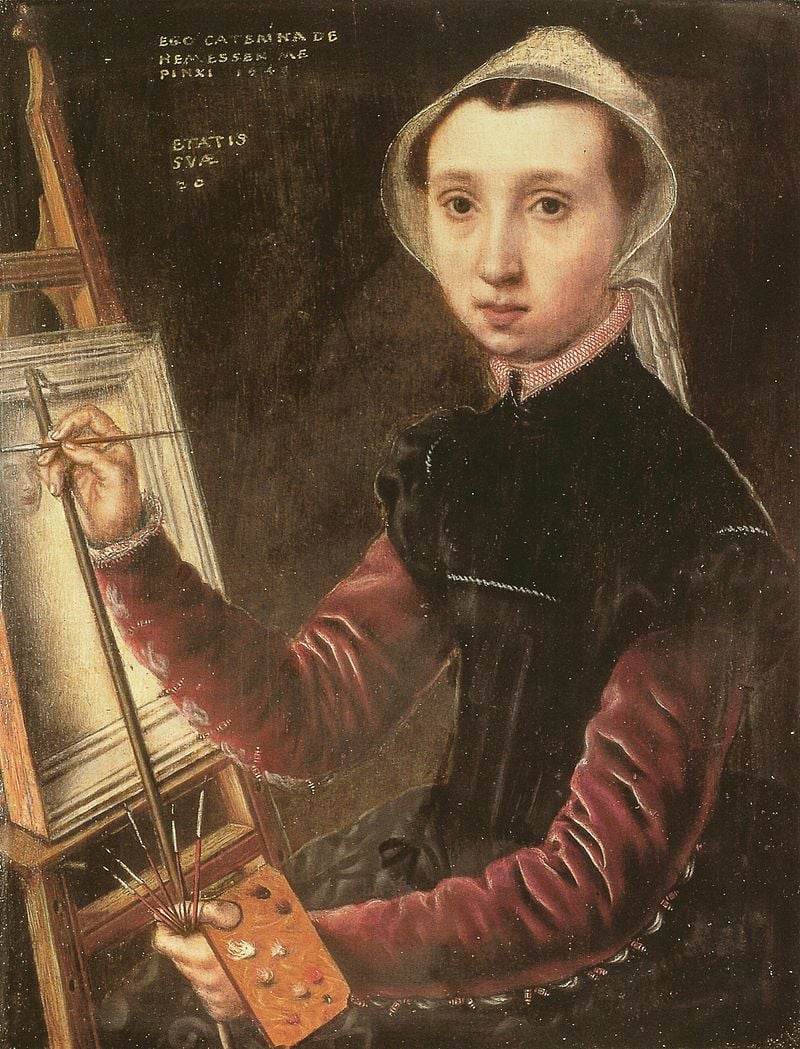
One of the earliest identifiable women painters, Caterina van Hemessen, was a Flemish Renaissance painter best known for her female portraits and religious compositions. She was most likely apprenticed by her father, a prominent Mannerist painter, Jan Sanders van Hemessen. Later in life, she became a master in the Guild of St. Luke, where she taught her own students.
Artist trivia: Van Hemessen is often credited with creating the first self-portrait of an artist depicted seated at an easel. She inscribed it with the Latin words, “I Caterina van Hemessen have painted myself/1548/Here aged 20”. This groundbreaking canvas shows her in the early stages of painting a portrait and is now part of the collection of the Kunstmuseum Basel.
#2 Sofonisba Anguissola (1535-1625) – An Apprentice to Michelangelo
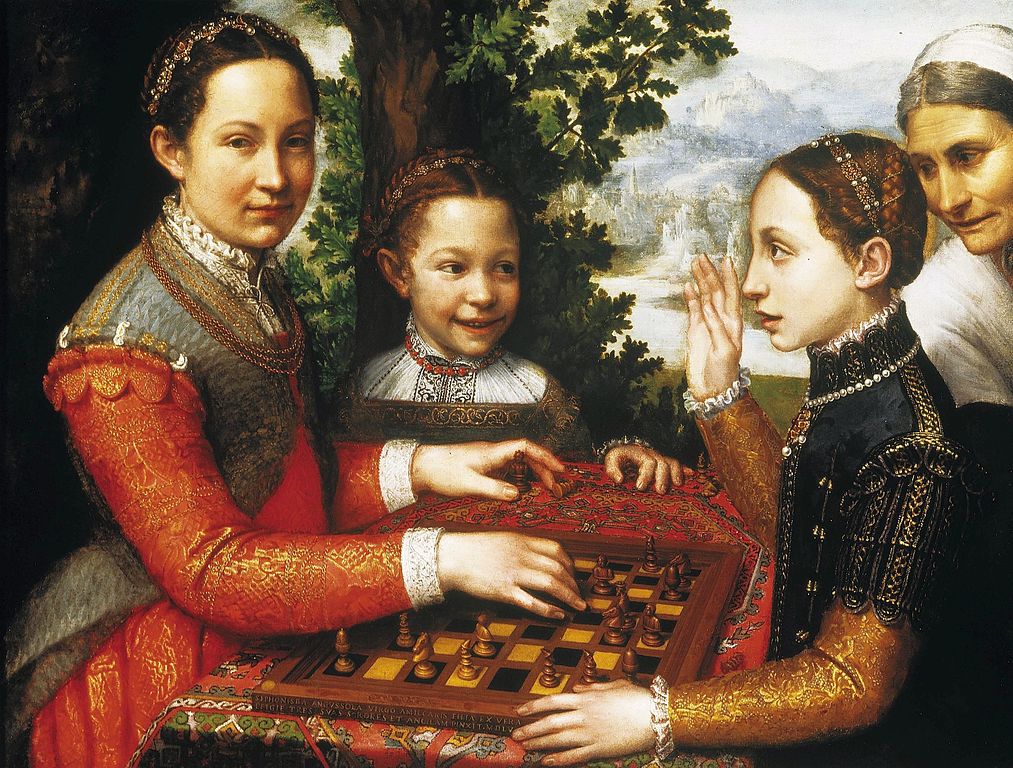
Sofonisba Anguissola is the most famous female painter of the Renaissance. She took up painting with the encouragement of her father, a nobleman who supported her in developing her artistic talent. She was highly successful during her lifetime, and she was even appointed court painter to Philip II of Spain. When age prevented her from painting, she mentored young artists, including Anthony Van Dyck.
Artist trivia: As a young woman, Anguissola traveled to Rome, where she was introduced to none other than Michelangelo. The Italian master immediately recognized her talent and offered her his guidance. In 1577, Anguissola’s father wrote to Michelangelo thanking him for the “honorable and thoughtful affection that you have shown to Sofonisba, my daughter, to whom you introduced to practice the most honorable art of painting.”
#3 Artemisia Gentileschi (1593-1653) – The Baroque Heroine
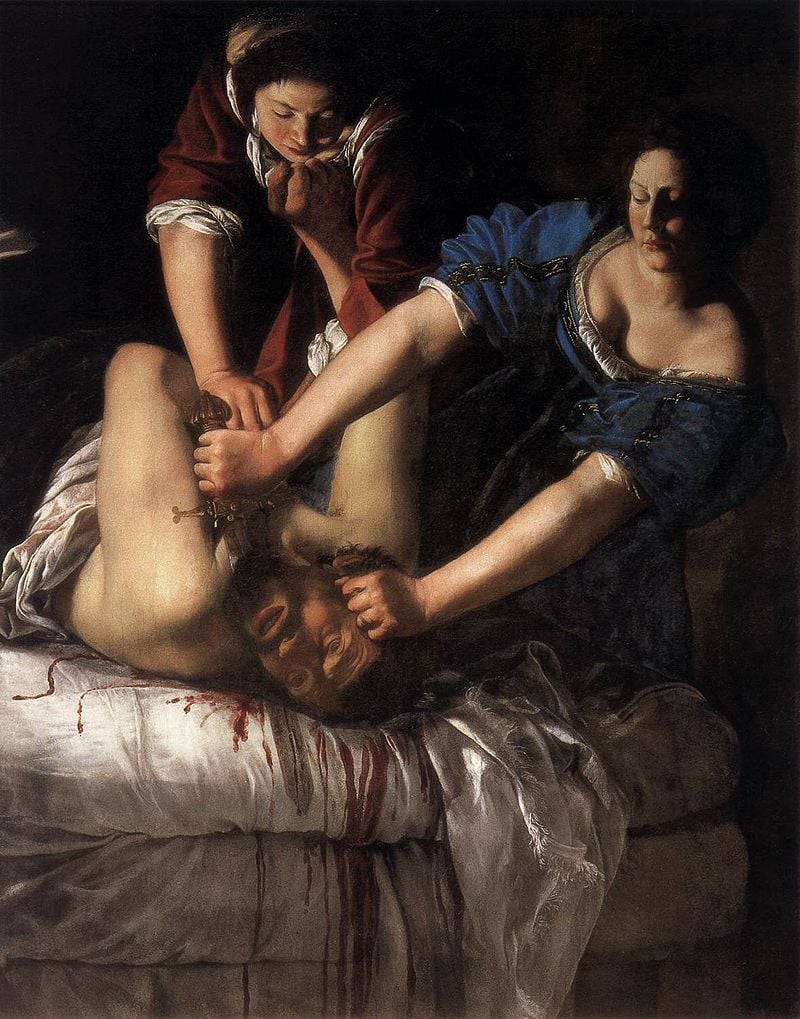
In an era when women had few opportunities to become professional artists, Artemisia Gentileschi managed to establish herself as a successful painter and was the first woman to become a member of the Accademia di Arte del Disegno in Florence. Distinguished by dramatic subjects, vivid colors, and contrasting lights and darks, her works have recently enjoyed a deserved rebirth of interest and admiration.
Artist trivia: At a young age, Gentileschi was raped by her father’s friend and fellow painter Agostino Tassi. Unsurprisingly, as was often the case at the time, her reputation was called into question. However, young Artemisia stuck to her account even after she was tortured during her testimony. After the trial, Tassi was convicted but never served his sentence.
#4 Judith Leyster (1609-1660) – A Talent Lost and Found
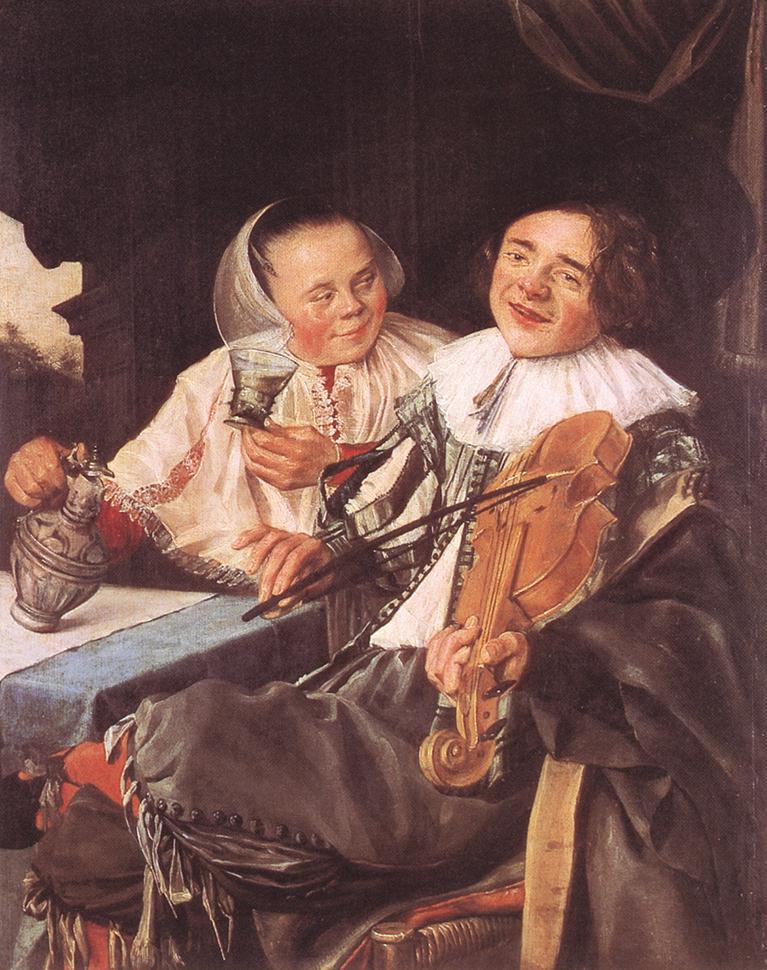
Judith Leyster was one of the first successful female artists in the Netherlands. A talented painter and printmaker of the Dutch Golden Age, she’s best known for her genre scenes of everyday life – something unusual for a woman artist at the time. Although praised by her contemporaries, her artistic career was short-lived. In 1636, she married fellow artist Jan Miense Molenaer and gave up painting to focus on her family instead.
Artist trivia: Celebrated during her lifetime, Judith Leyster was virtually erased from art history after her death. Her works were either left unattributed or credited to her fellow painter Frank Hals or her husband, Molenaer. She only reemerged in the late 19th century when her initials were found on the painting Carousing Couple hidden underneath a faked signature of Hals.
#5 Angelica Kauffman (1741-1807) – A Neoclassical Superstar
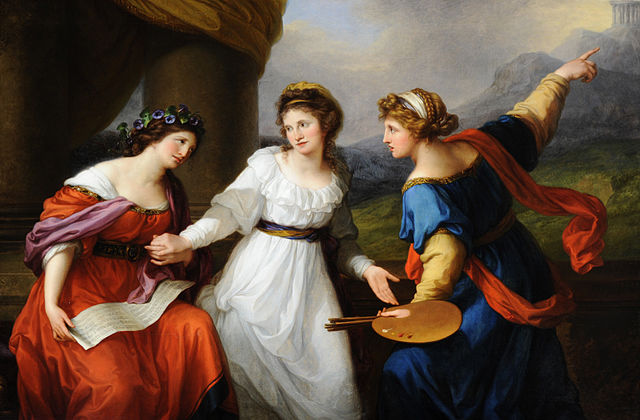
Angelica Kauffman was the most famous portraitist in 18th-century Europe and a committed history painter at a time when women were still prohibited from drawing the nude. Unable to participate in life drawing lessons, she allegedly learned anatomy by studying plaster casts of famous statues. Like many successful female artists before her, she had a supportive father, painter Joseph Kauffman. He trained her in the basics of drawing and painting and helped her advance her career.
Artist trivia: Although Kauffman was one of only two female painters among the thirty-six founding members of London’s Royal Academy, she doesn’t appear in their famed group portraitThe Academicians of the Royal Academy. Since the painting was staged in a life studio with nude male models, the two women artists had to be banished from the room for reasons of decency.
#6 Louise Elisabeth Vigée Le Brun (1755-1842) – A Royal Portraitist
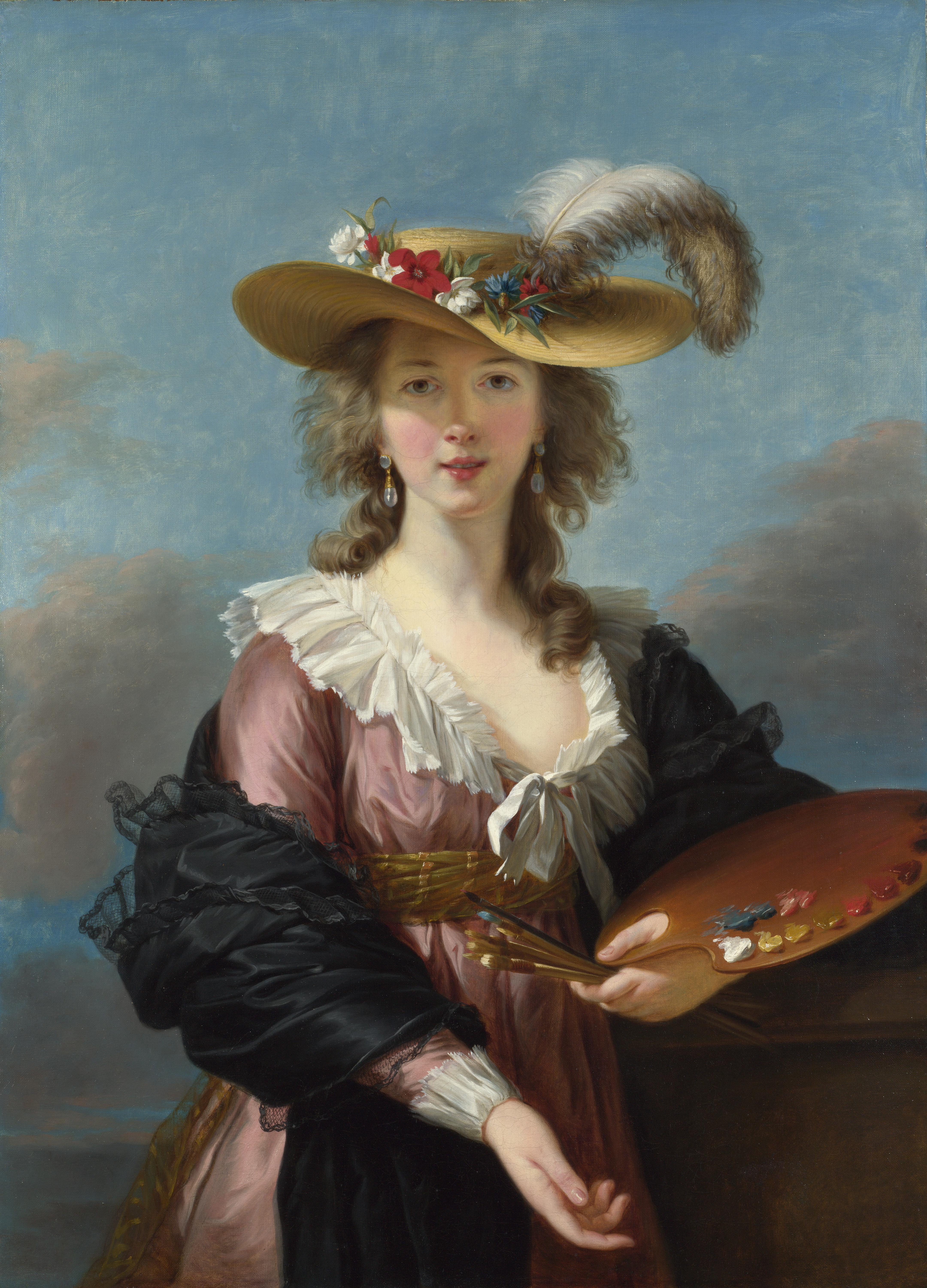
Louise Elisabeth Vigée Le Brun was one of the best-known and most fashionable portraitists of 18th century France. She had a particular position as a protégée of Marie-Antoinette, whom she painted a total of 30 times. In fact, the royal intervention led to Vigée Le Brun’s admittance to the Académie Royale in 1783 as one of only four women members permitted.
Artist trivia: Because of her close ties to the queen, Vigée Le Brun was forced to flee France during the French Revolution. However, she managed to orchestrate a successful career abroad, portraying aristocratic women and men of Italy, Austria, and Russia, before returning to France in 1802, once her name had ultimately been struck from the list of enemy émigrés.
#7 Rosa Bonheur (1822-1899) – A Brilliant Cross-Dresser
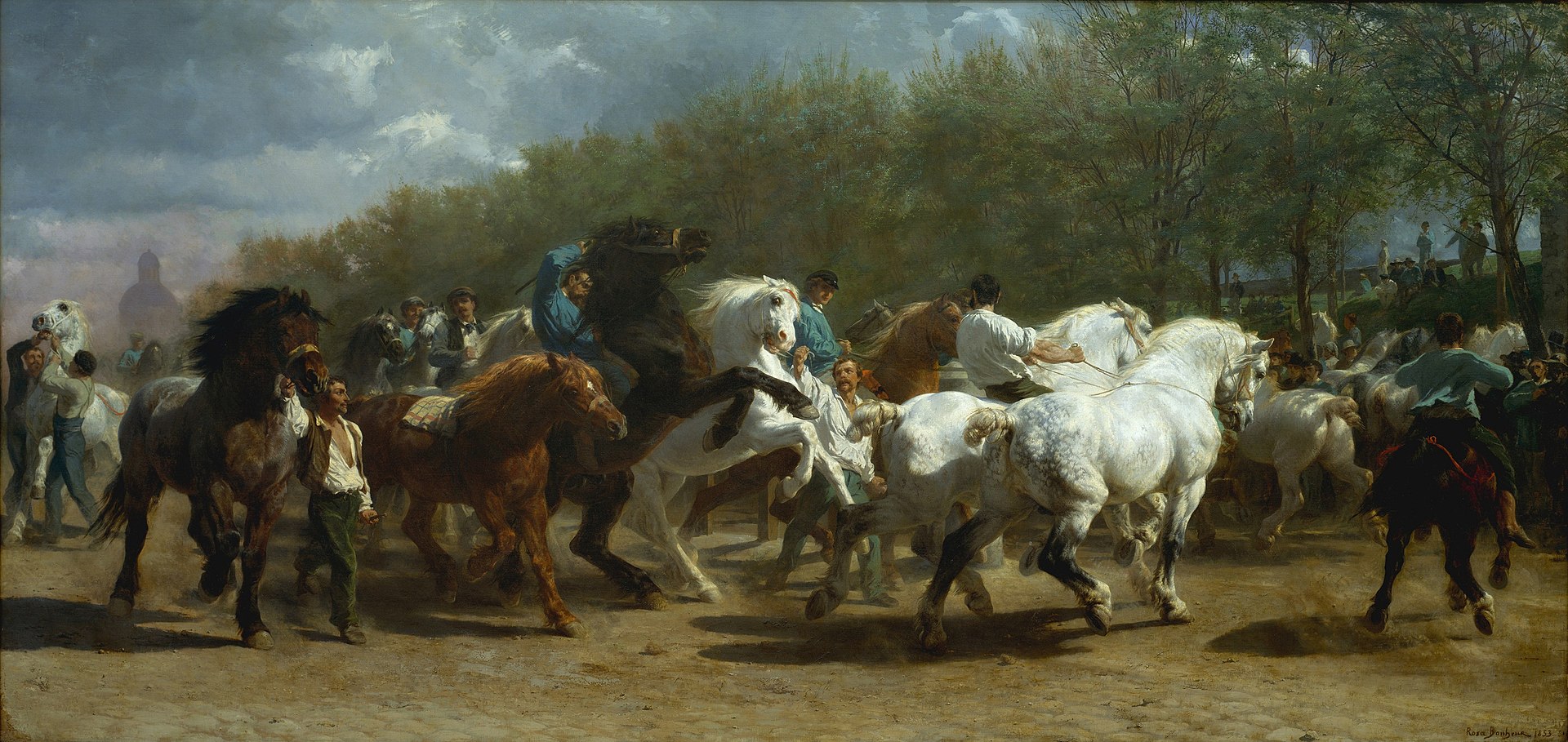
Rosa Bonheur achieved unprecedented fame and recognition and became the most renowned female painter of the 19th century. The fabulously defiant Victorian-era animalier, she specialized in painting horses and livestock. Her masterpiece is doubtlessly her monumental Horse Fair, taking up an entire gallery wall at The Metropolitan Museum of Art in New York.
Artist trivia: In a century that did its best to keep women in their place, Bonheur defined herself outside of the social and legal codes of her time. She earned her own money, wore male clothes, smoked, and lived with female companions. Referring to her notorious indifference towards men, she memorably declared, “As far as males go, I only like the bulls I paint.”
#8 Mary Cassatt (1844-1926) – A Forgotten Impressionist
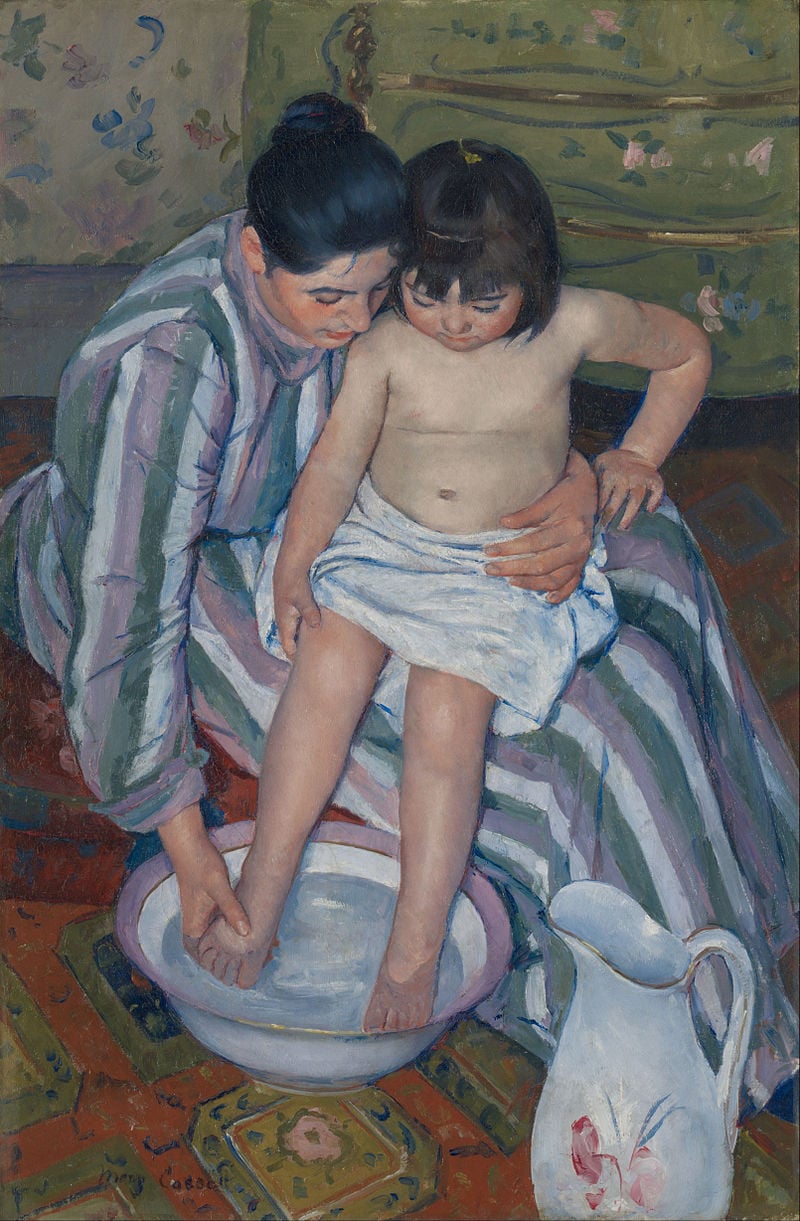
The only American artist invited to exhibit with the French Impressionists, Mary Cassatt, was a woman ahead of her time. She escaped the conventional constraints of her family and enrolled at the Pennsylvania Academy of Fine Arts to study among her male peers. Disappointed with her art education in the US, she then fled to Paris, where she helped develop Impressionism alongside Claude Monet, Édouard Manet, and Camille Pissarro.
Artist trivia: As a woman, Mary Cassatt was denied much of the subject material favored by her male contemporaries. Since she could not visit bars and nightclubs or take day trips to the countryside to paint, she focused on simple scenes of domestic life instead. As a result, she excelled at painting intimate depictions of mothers and children, paying tribute to, rather than trivializing, the female experience.
#9 Hilma af Klint (1862–1944) – The First Abstractionist
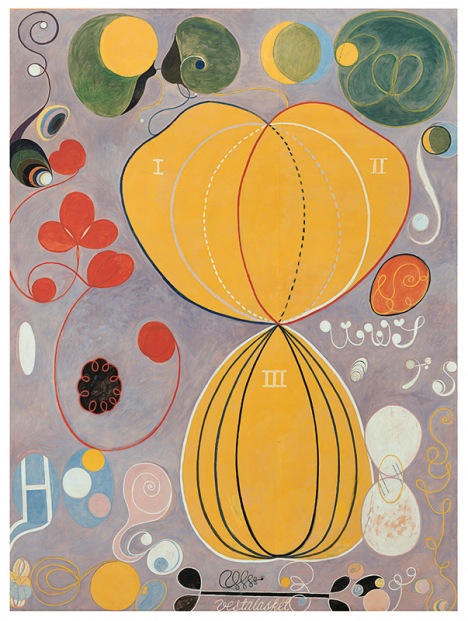
Born in Sweden in 1862, Hilma af Klint was among the earliest women to study at the Royal Academy of Fine Arts in Stockholm. She began creating radically abstract paintings years before Vasily Kandinsky, Kazimir Malevich, and Piet Mondrian supposedly invented the concept of abstract art. However, it is only recently that historians have picked up their pens and started rewriting the history of modern art, finally giving the forgotten pioneer her well-deserved due.
Artist trivia: Fascinated with occultism, young Hilma participated in spiritual séances where she allegedly spoke with spirit guides. In 1906, her communications led to her spirit guide commissioning her Paintings for the Temple, deemed her most ambitious series. She later described this as “the one great task that I carried out in my lifetime.”
#10 Georgia O’Keeffe (1887-1986) – A Modern American
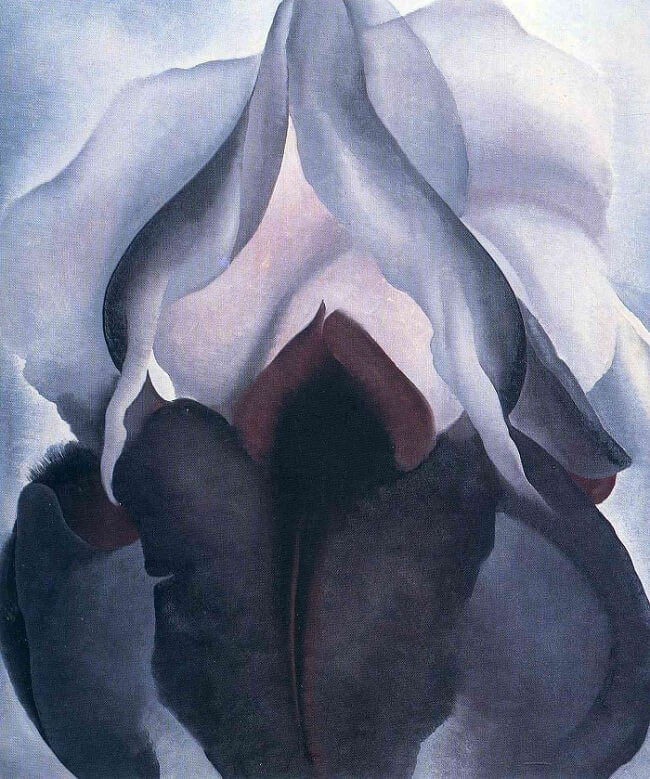
A central figure of American modernism and the foremother of feminist art, Georgia O’Keeffe is one of the most influential women artists of the 20th century. She was classically trained in Chicago and New York City. Still, she asserted her independence from traditional art education by creating abstract works that defied easy classification. She is best known for her erotic close-up depictions of flowers, which many interpreted as metaphorical representations of the female body.
Artist trivia: In her 70’s, O’Keeffe’s eyesight began to fail. Although the familiar tools of paint and brush were lost to her, her desire to create was not. She famously said, “I can see what I want to paint. The thing that makes you want to create is still there.” So, she began experimenting with clay sculpting and continued with it until her death at 98.
#11 Tamara De Lempicka (1898-1980) – A Baroness With a Brush
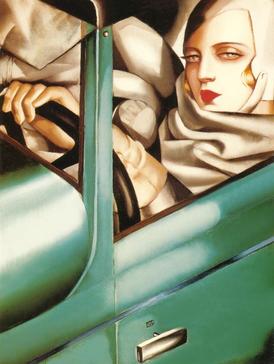
Tamara De Lempicka was the most famous artist of the Art Deco period, whose life and art embodied the glamour and decadence of the 1920s. An icon of liberated womanhood, she sent waves through the art world, painting sleek, sensual portraits of aristocrats and celebrities. While she made a name for herself as a portrait painter, she was also commissioned to paint still life and create art for magazines.
Artist trivia: De Lempicka enjoyed the hedonistic lifestyle of the Roaring Twenties. She took both male and female lovers, which might explain why her mostly female nude paintings have such intense erotic energy. She was also closely associated with other bisexual icons of the time, such as Vita Sackville-West and Colette.
#12 Frida Kahlo (1907-1954) – The Mother of Selfie
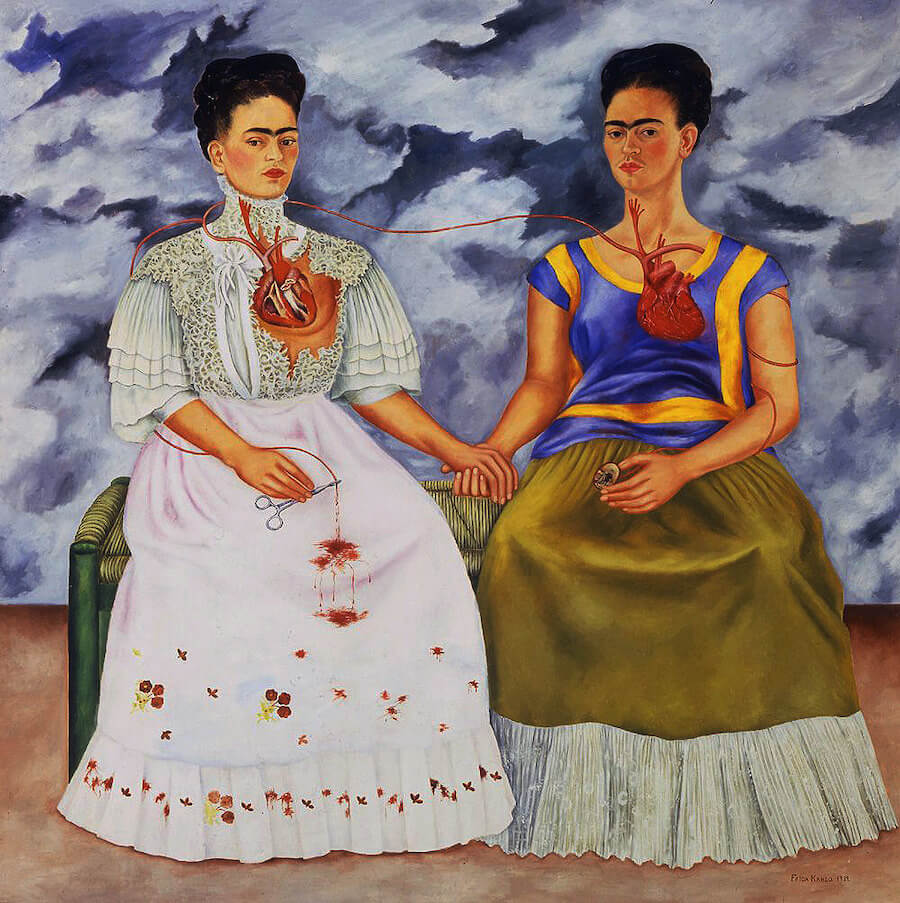
Once an obscure Mexican surrealist, Frida Kahlo is a cult figure celebrated for her raw and emotional self-portraits, iconic fashion sense, and outspoken personality. She struggled with the consequences of polio and a bus accident for much of her life, suffering from frequent relapses of pain, which she then transformed into art. Her husband, painter Diego Rivera, once described it: ”Never before had a woman put such agonized poetry on canvas as Frida.”
Artist trivia: While the 20th century was the first in which women began to win equality in the art world, many were still considered muses of their famous partners rather than artists in their own right. Frida Kahlo stood in the artistic shadow of her husband, Diego Rivera, her entire life. Today she is seen as a pioneering feminist artist who used her female identity as a central focus of her work. Some even consider her the most famous female painter of all time!
Over to You!
These 12 remarkable women broke the mold and defied societal expectations, blazing the trail for generations of female artists to come. Excluded from schools and academies, barred from guilds and societies, their access to cultural institutions was at no time or place the same as men’s, yet, against all odds, they overcame the obstacles and achieved success.
In recent decades, women artists have staked their claim by revolutionizing performance art as a medium, along with body art and craftivism, a feat they wouldn’t have achieved without the groundbreaking efforts of their predecessors.
Are there any other famous female artists or famous paintings by women you think we should include on our list? Let us know in the comments!
If you made it this far, you might also enjoy other articles from our series:
- 10 Most Famous Renaissance Artists
- 13 Modern Artists You Should Know
- 10 Famous Spanish Artists & Art You Should Know
- 10 Famous French Artists You Should Know About
